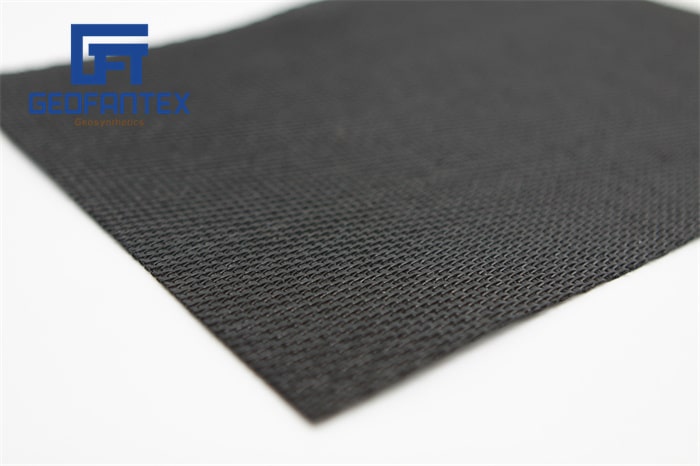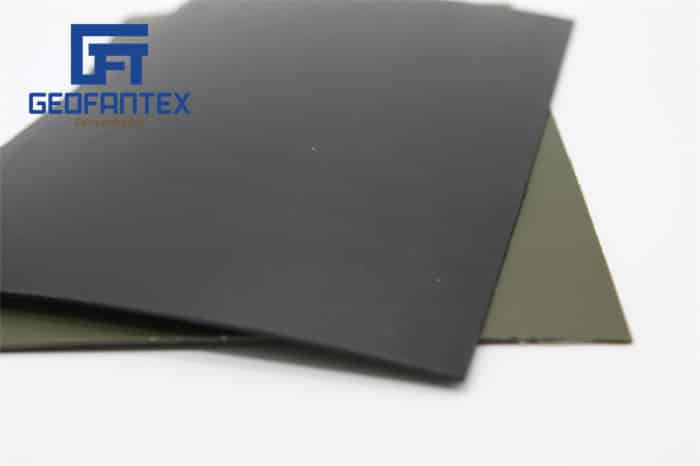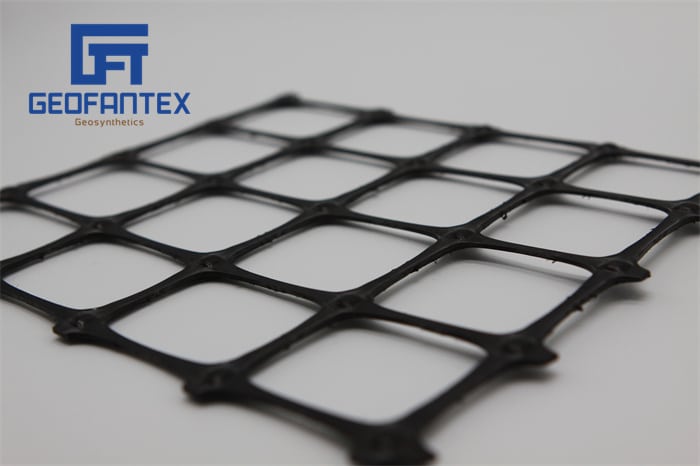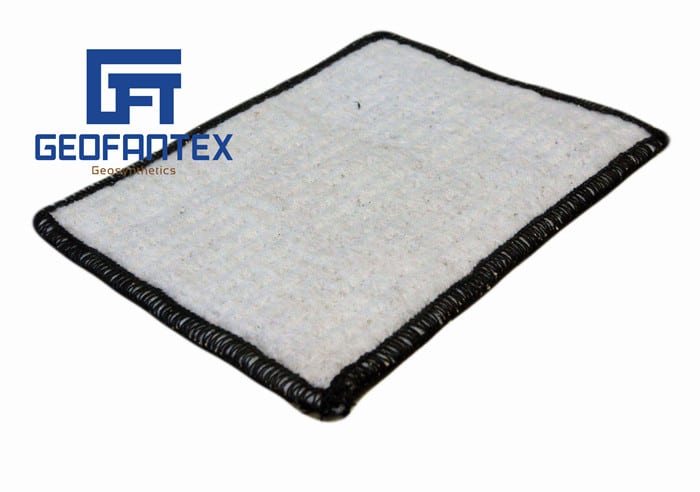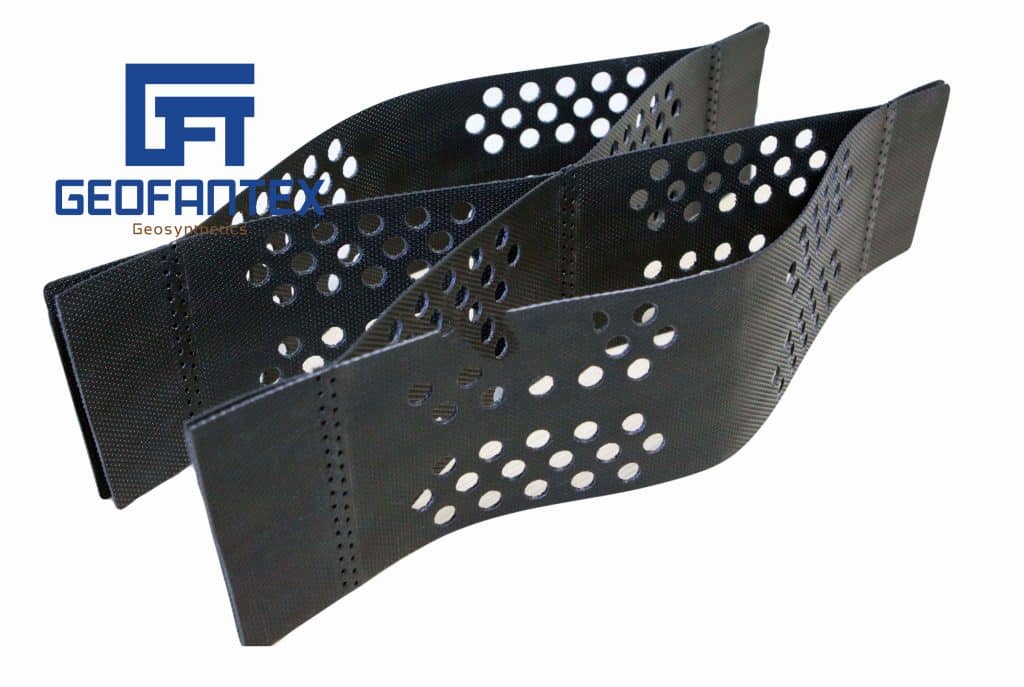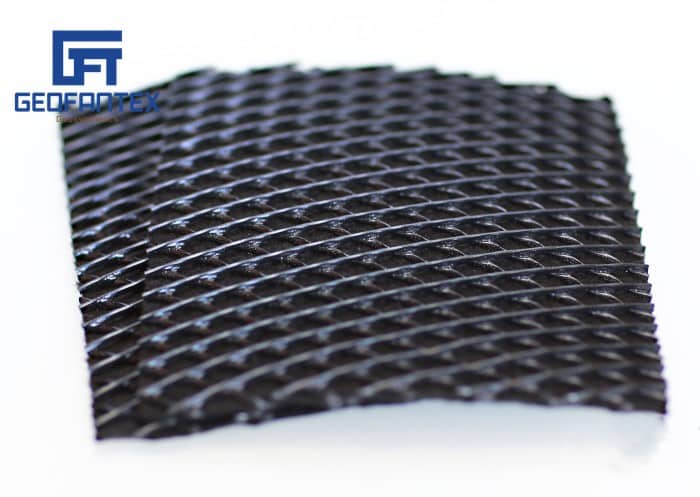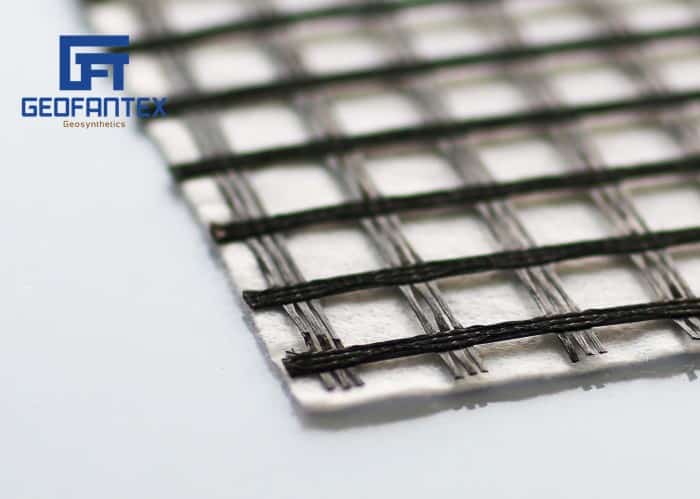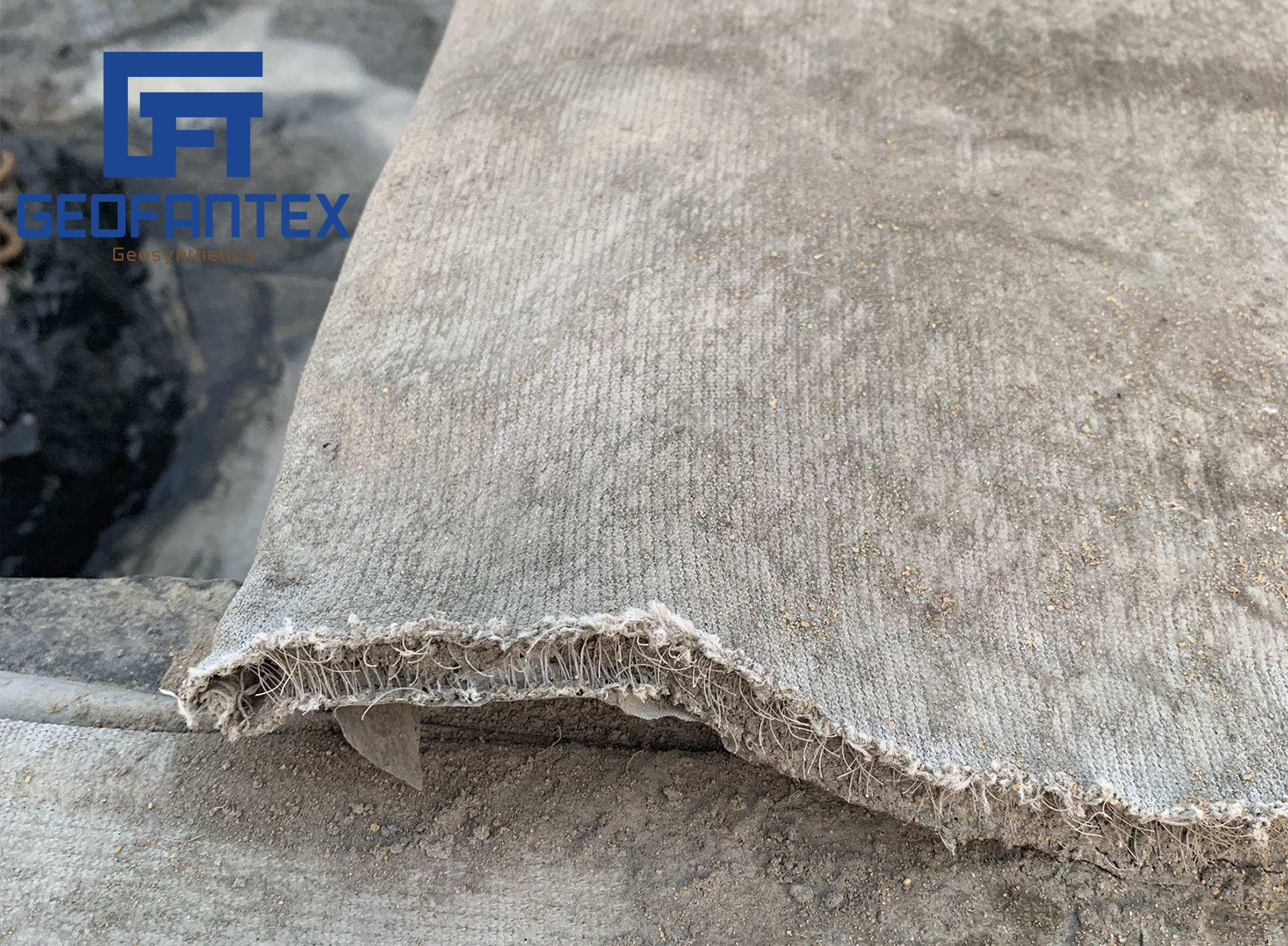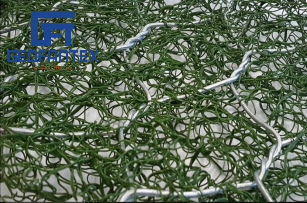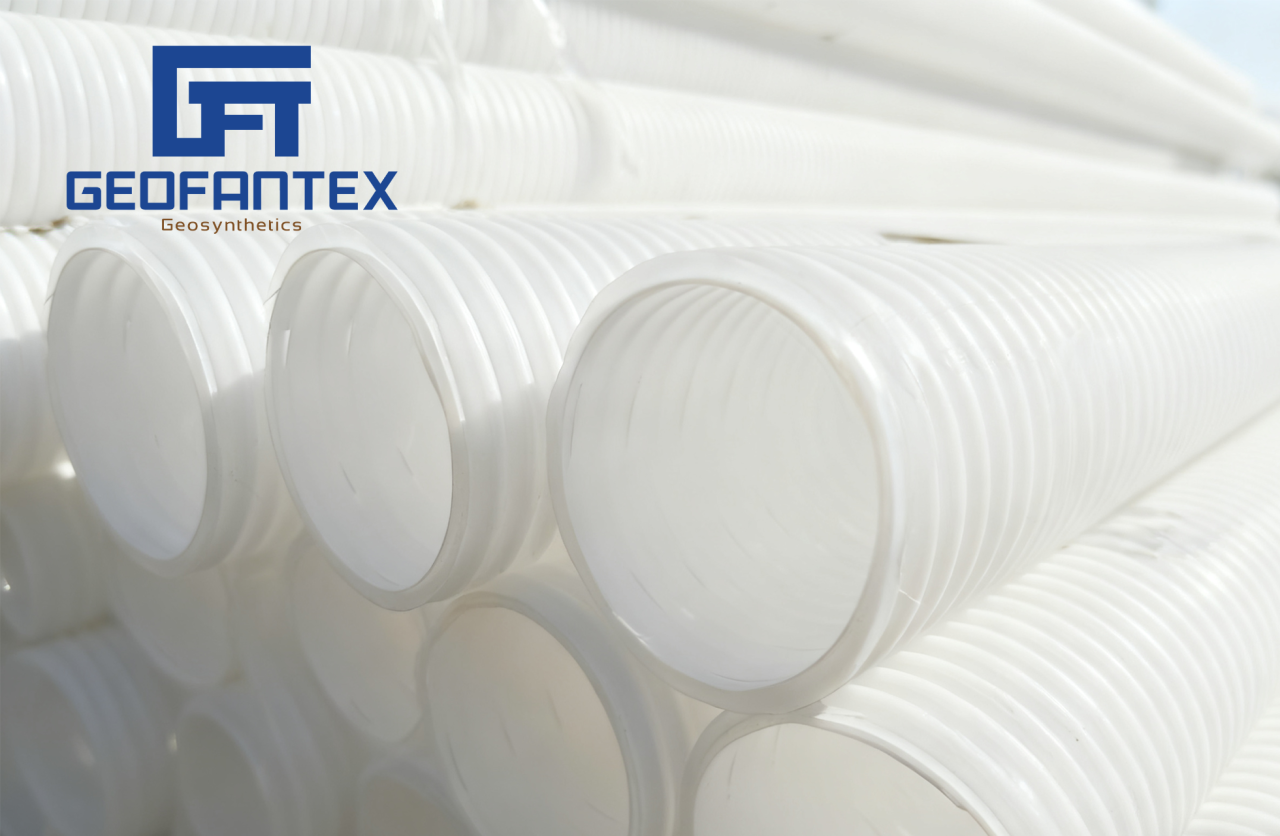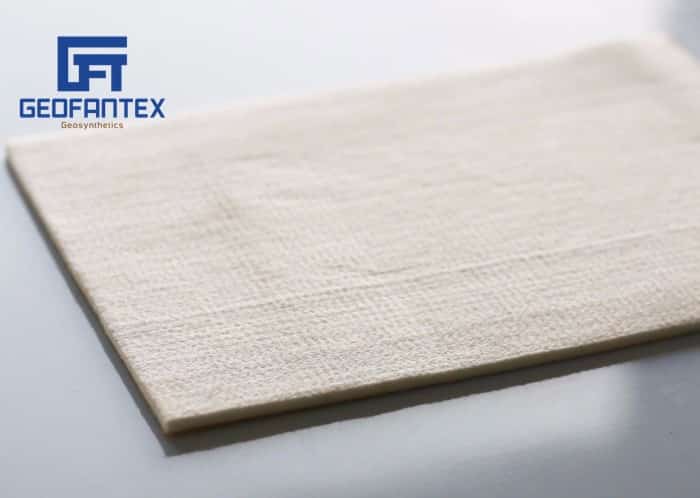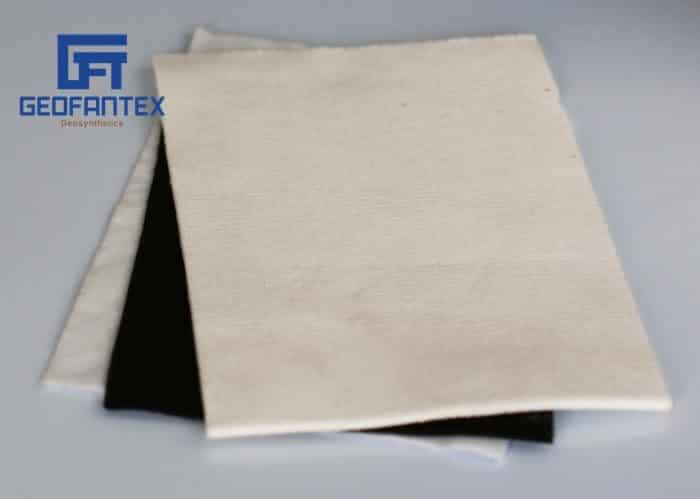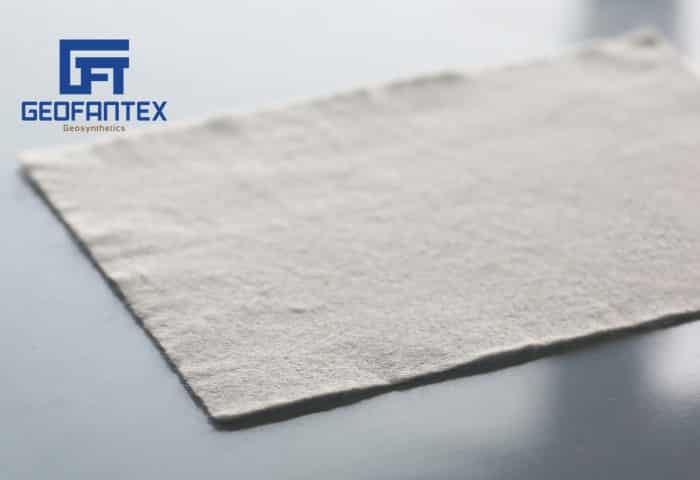+86-159 9860 6917
info@geofantex.com
geofantex@gmail.com
+86-400-8266163-44899
In geotechnical engineering, geonet solution plays a crucial role in improving drainage and soil stability. Geonets are designed to provide efficient liquid and gas flow, making them essential in applications such as landfill drainage, road construction, and erosion control. Below, we address key questions related to geonet technology and its benefits.
What is a Geonet and How Does It Work?
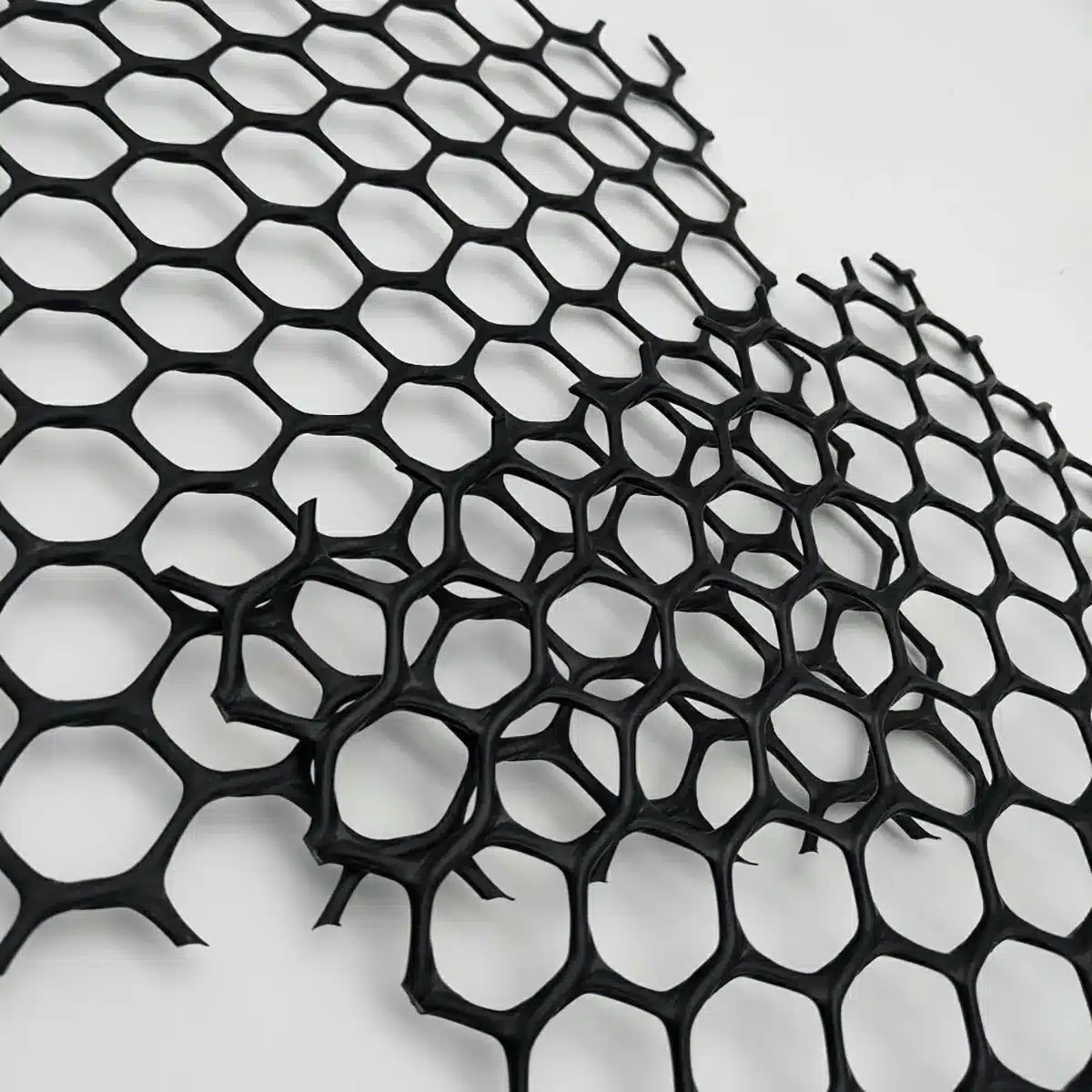
A geonet is a type of geosynthetic material commonly used in civil engineering and environmental applications. It consists of a network of polymeric, typically high-density polyethylene (HDPE) or polypropylene, extruded strips that form a mesh-like structure. These strips are arranged to create a matrix that allows fluids, such as water or leachate, to flow through it while providing a supportive framework.
How Does It Work?
The primary function of a geonet is to facilitate drainage and provide separation, filtration, or reinforcement within various applications like landfills, drainage systems, road construction, and erosion control.
- Drainage: Geonets are often used as drainage layers in geosynthetic systems because the voids between the strips allow water to pass through, while the net itself provides structural support. This helps direct water away from areas where excess moisture could cause damage, such as in landfill liners or road foundations.
- Separation: In applications where different soil layers need to be kept apart (for instance, between soil and gravel), geonets provide separation without restricting fluid movement. This helps prevent contamination or mixing of materials.
- Filtration: Geonets can also act as filters, allowing water or other liquids to pass through, while preventing fine particles from clogging drainage systems. This is particularly important in applications like stormwater management systems.
- Reinforcement: In some cases, geonets are used as a reinforcement material, providing additional support to structures that may be under load or experiencing erosion.
Due to their high strength, durability, and ability to resist chemicals and biological degradation, geonets are highly effective in applications where long-lasting performance is essential. They can be found in various thicknesses and configurations, tailored to specific project requirements.
What Are the Benefits of Using Geonets in Construction?
Benefits of Using Geonets in Construction:
- Efficient Drainage: Geonets provide excellent in-plane flow capacity, making them ideal for subsurface drainage systems. They help quickly channel water away, reducing hydrostatic pressure.
- Soil Stabilization: When combined with geotextiles, geonets help separate and stabilize soil layers, enhancing overall structural integrity in roads, embankments, and landfills.
- Erosion Control: By promoting controlled water flow, geonets reduce erosion in slopes, retaining walls, and other critical areas.
- Lightweight and Easy to Install: Geonets are made from high-density polyethylene (HDPE), which makes them light, flexible, and easy to deploy, reducing labor and installation time.
- Chemical and Biological Resistance: HDPE geonets are resistant to most chemicals, bacteria, and fungi, making them durable in harsh environments.
In summary, geonets enhance drainage, improve soil stability, resist environmental factors, and reduce construction costs—making them a valuable component in modern civil engineering projects.
How Does a Geonet Compare to Other Drainage Systems?
Unlike gravel or sand drainage layers, geonets are lightweight, easier to install, and require less maintenance. They also offer superior flow capacity under high loads, making them a more efficient geonet solution for landfill leachate management and subgrade drainage in roads.
Where Are Geonets Commonly Used?
Geonets are widely applied in:
- Landfill and Waste Containment: Preventing fluid buildup and ensuring proper drainage.
- Road and Railway Construction: Reducing water pressure beneath structures.
- Erosion Control Systems: Supporting slope stability and preventing soil erosion.
With their versatility and effectiveness, geonets continue to be a preferred choice in modern geotechnical projects.
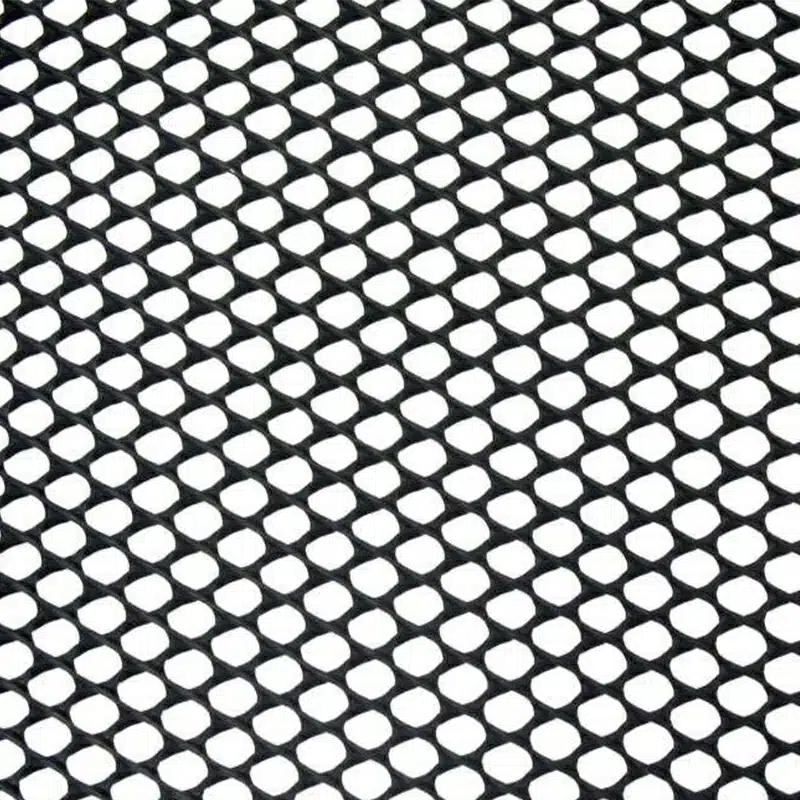
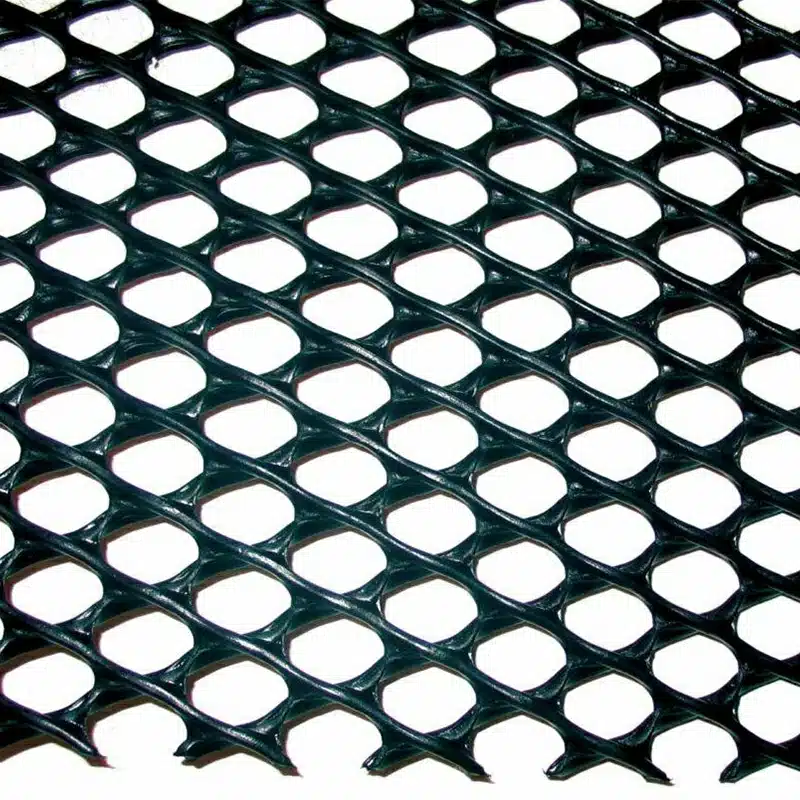
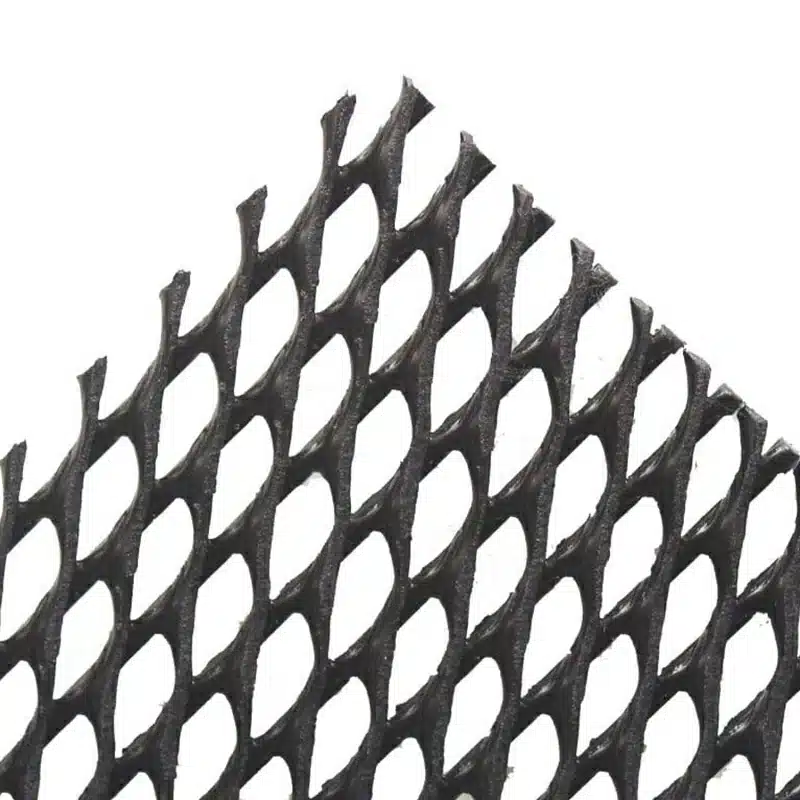
Get Free Sample
We’ll respond as soon as possible(within 12 hours)


